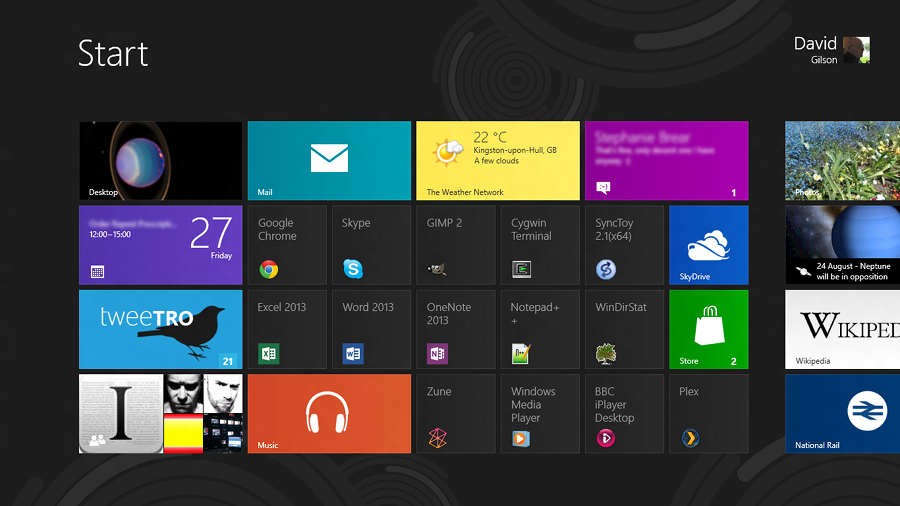While there is always some criticism over a new user interface in Windows, it is fair to say that the jump to Windows 8 is further than most changes. The transition to Metro and touch driven interfaces was never going to be smooth. As William Gibson said, "The future is already here – it’s just not very evenly distributed". As such there are a minority users already on touchscreen driven Windows PC, but most users, especially in offices filled with old PCs are not – and will not be for quite some time. Anecdotally, many small businesses have yet to upgrade to Windows 7, let alone having touch driven computers.
It will be interesting to see if the 'bring your own device' (BYOD) trend combined with the increased enterprise support in Windows Phone 8 will help workers become normalised to Metro UI.
In the same way that desktop touchscreens are sparsely distributed among businesses, the same is true of mainstream applications supporting Metro UI. I have used Windows 8 Consumer Preview for several weeks – on a traditional touchpad driven laptop – and I find myself spending the vast majority of my time in desktop applications such as Word and Chrome.

I have found little encouragement to spend time in Metro applications. However, this doesn't detract from the operating system as a whole – it just means the Metro start screen is relegated to something that one could describe as a 'Start menu on steroids'.
While Berger was correct that important menus are hidden – e.g. the Charms bar and the Metro task switcher – I found the mouse gestures required to reveal these menus very easy to learn, as were the keyboard shortcuts to access certain aspects, such as WINDOWS+C to reveal the Charms Bar.
Both Windows Phone 7+8 and Windows 8 are going to struggle to gain acceptance, but as mainstream PCs come equipped with touchscreens, it's possible that both desktop and mobile platforms will complement each other and hopefully breed familiarity without too much contempt.
